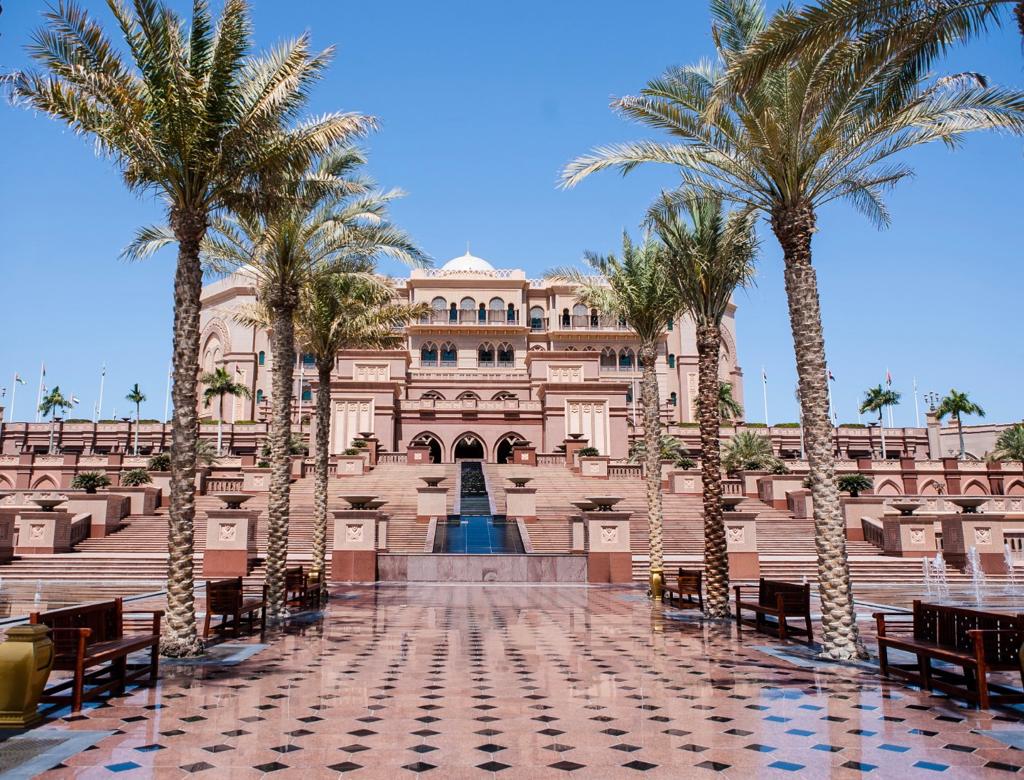Finding a Balance: Heritage and Development of Landmarks in the Arab World

Photo: FreePik
By: Eman El-Ajlouni / Arab America Contributing Writer
With its unique history and culture, the Arab world is home to a variety of landmarks that are witness to centuries of civilization. The magnificent pyramids of Egypt and the ancient cities of Petra and Palmyra are just two examples of the structures that serve as living reminders of the numerous civilizations and their associated artistic endeavors that these countries have experienced. The necessity of striking a balance between past preservation and modernization is now coming out as a significant problem in light of expanding urbanization, economic growth, and the rise of tourism.
Arab Landmarks’ Importance
In the Arab world, monuments are more than just historical landmarks; they are also symbols of culture and identity. Honoring the earlier civilizations that grew and thrived in these regions, it serves as a link between the past and the present, links generations together, and creates a sense of continuation. When it comes to tourists, they provide one-of-a-kind possibilities for cultural exchange and a peek into past civilizations’ while also serving as windows into the country’s rich history. Furthermore, by bringing in millions of visitors and boosting regional economies, these attractions are frequently a source of economic growth.
Difficulties in Preserving heritage
The preservation of landmarks in the Arab world is undoubtedly of great significance and responsibility, but there must also be hurdles and problems in doing so:
The growth and evolution of cities
Cities and urban areas are expanding quickly, and keeping up with development is one element that can have an impact on the location of historical sites, and monuments. In some cases, these landmarks and sites are destroyed to create room for new urbanization and infrastructure.
The neglect of Landmarks
Considering the lack of resources available and needed to maintain historical sites and monuments, there is a risk of negligence while dealing with preservation issues. These monuments and sites might become dilapidated, structurally deteriorate, and lose their historical authenticity.
Pressures from tourism
While it is true that visiting these landmarks and sites generates economic revenue and income, the pressure that tourism places on these locations due to an increase in visitors and tourists can cause erosion, pollution, and damage to delicate structures.
Finding a balance
It is challenging to embrace development and preserve heritage, yet it is possible:
Regulatory and Legislation
By creating rules and legislation that safeguard historical places for preservation, governments may play a crucial part in safeguarding cultural heritage. These rules may impose development restrictions and establish standards for upkeep and restoration in particular areas.
Sustainability in Tourism
One strategy to lessen the damaging effects and practices of tourism on historic monuments and sites is to emphasize sustainable tourism. This entails monitoring and limiting the flow of visitors and tourists, putting eco-friendly procedures in place, and informing those who frequent these places about the value of protecting them.
Technological developments
Modern technology is now crucial in our age of technological advancement, including 3D scanning, photogrammetry, and digital preservation techniques that may help preserve and repair historical structures. These services can help collect data on historical sites and artifacts.
Conclusion
It is a difficult but necessary task to preserve Arab cultural heritage while advancing economic progress. Landmarks in that region must be preserved for future generations because of their significant cultural and historical past. A delicate balance may be achieved to guarantee that these historical treasures continue to excite and inform future generations by passing sensible laws, encouraging partnerships, promoting sustainable tourism, and utilizing technology.
Check out Arab America’s blog here!








